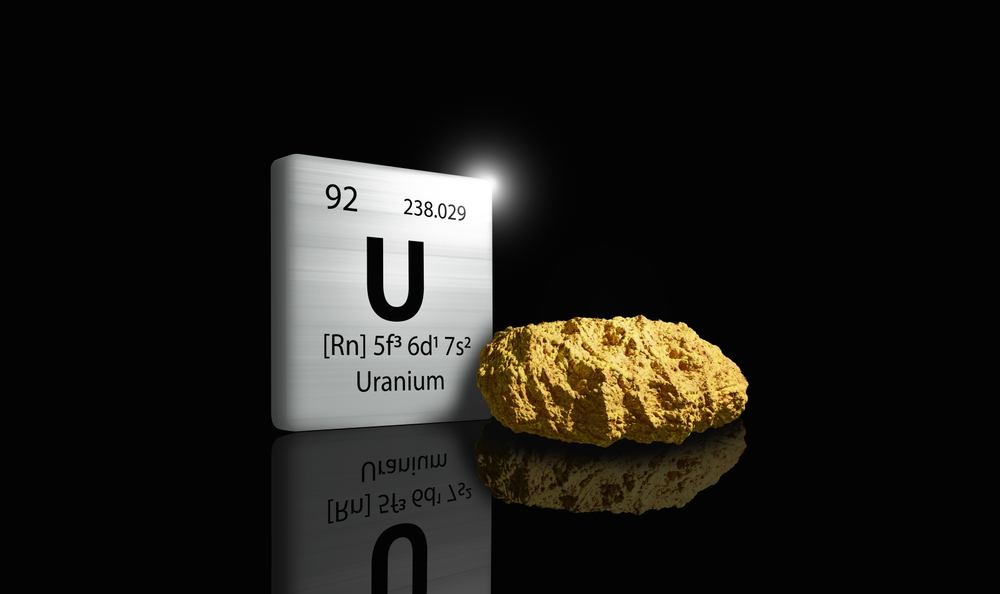Nuclear is experiencing a powerful revival as the world competes to secure decarbonization and its energy future. And uranium is at the heart of this transformation.
Uranium demand is expected to skyrocket as more than 30 countries have pledged to triple their nuclear capacity by 2050.
A newly released report, Uranium – Resources, Production and Demand 2024, also known as the “Red Book,” reveals that the world has sufficient uranium resources to support both the current use and dramatic expansion of nuclear power generation during the mid-century.
However, timely and strategic investment is essential to transform this possibility into an accessible supply.
Why is uranium important?
At its core, the importance of uranium lies in its role as a major fuel for nuclear reactors.
Nuclear power offers a compelling solution as countries around the world strive to reduce their carbon footprint. It provides consistent, large-scale electricity with zero greenhouse gas emissions.
Unlike intermittent renewable energy such as solar and wind, nuclear energy provides baseload power, ensuring grid stability and energy security.
In a world moving towards electrified and net-zero targets, strategic development of uranium resources is essential. Without them, the ambition to expand nuclear energy and achieve climate goals could be at risk.
Global snapshot of uranium supply
The Red Book, published jointly by the OECD Nuclear Energy Agency (NEA) and the International Atomic Energy Agency (IAEA), is the industry’s most comprehensive reference on uranium resources, production trends and market dynamics.
Covering 2021 and 2022, the edition compiles government-verified data from 62 countries, highlighting exploration activities, national policy, mining development plans and regulatory frameworks.
As of January 1, 2023, the globally specific recoverable uranium resources were 7.93 million tonnes. These estimates reflect reasonably guaranteed and estimated sediment that can be economically extracted at a price of between $40 and $260 per kilogram of uranium.
Despite market uncertainty, this represents a slight increase from previous reports, suggesting stability in resource availability.
The rising investment signal market recovery
After a period of stagnation, the Uranus sector has witnessed new momentum. It is suggested that exploration and mining development spending will skyrocket to $800 million in 2022, and another $840 million in 2023.
This rebound has been driven in part by sustained rise in uranium spot prices since 2021 and strong international policy commitments.
Still, new mining and processing infrastructures need to be established to ensure that supply meets the expected demand.
Due to regulatory complexity, geopolitical uncertainty and technical challenges, lead times involved highlight the urgency of current actions.
Securing the future of uranium resources
Red Book predicts multiple growth trajectories for nuclear energy by 2050. Encouraged, uranium resources are sufficient to meet even the most optimistic scenarios.
However, this outcome depends on one important factor: investment. Without immediate efforts to expand exploration, improve processing technology and introduce new mines online, shortages could arise in the medium term.
Production trends are moving in the right direction. Between 2020 and 2022, global uranium output will increase by 4%, with further growth expected.
Yet new production centres often face delays due to careful investment climates and strict permitting processes, particularly in jurisdictions with complex environmental and social considerations.
Data from Red Book confirms that Earth holds enough uranium to operate the expanded reactor fleet in the second half of the 21st century, but availability is not guaranteed.
Ensuring the transition from underground sediments of these uranium resources to fuel rods requires aggressive investment, regulatory innovation, and international collaboration.
Source link

